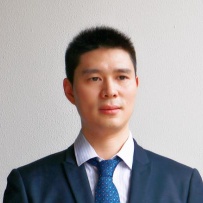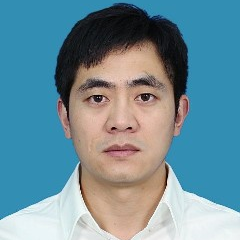Quantum Optics: Science and Applications
A special issue of Photonics (ISSN 2304-6732). This special issue belongs to the section "Quantum Photonics and Technologies".
Deadline for manuscript submissions: closed (10 November 2023) | Viewed by 14631
Special Issue Editors
Interests: quantum communication and information security; quantum blockchain and privacy protection; quantum algorithm and artificial intelligence; basic problems of quantum mechanics and quantum gravity
Special Issues, Collections and Topics in MDPI journals
Interests: quantum optimal and continuous measurement; quantum feedback operation; superconducting qubits; quantum simulation; quantum computation
Special Issue Information
Dear Colleagues,
Quantum optics is one of the most successful attempts to study physical phenomena using quantum mechanics. As objects of study, the phenomenon of light and the interaction between light and matter on a submicroscopic scale possess wonderful microscopic properties. It is suitable to construct precise experiments and theories on these issues, which are the main tasks of quantum optics. With the deepening understanding and profound manipulation of the quantum properties of light, quantum optics has penetrated into other physical fields such as condensed matter physics and atomic physics and has become a reliable and delicate research means to investigate physical principles. From quantum information, quantum computation, and quantum simulation to quantum precision measurement, quantum communication, quantum optics has also developed practical applications close to our lives.
This Special Issue on “Quantum Optics” is attracting publications that report works roughly on these aspects:
- Fundamental theory progress on quantum optics and interaction between light and matter, and/or experimental demonstration.
- Quantum communication based on quantum properties of light;
- Investigation and simulation of physical phenomena by designing optomechanical system;
- Quantum metrology with quantum optical systems;
- Quantum precision measurement based on properties of quantum optics;
- Other applications of quantum optical principles.
Dr. Hua-Lei Yin
Dr. Peng Xu
Dr. Jie Chen
Guest Editors
Manuscript Submission Information
Manuscripts should be submitted online at www.mdpi.com by registering and logging in to this website. Once you are registered, click here to go to the submission form. Manuscripts can be submitted until the deadline. All submissions that pass pre-check are peer-reviewed. Accepted papers will be published continuously in the journal (as soon as accepted) and will be listed together on the special issue website. Research articles, review articles as well as short communications are invited. For planned papers, a title and short abstract (about 100 words) can be sent to the Editorial Office for announcement on this website.
Submitted manuscripts should not have been published previously, nor be under consideration for publication elsewhere (except conference proceedings papers). All manuscripts are thoroughly refereed through a single-blind peer-review process. A guide for authors and other relevant information for submission of manuscripts is available on the Instructions for Authors page. Photonics is an international peer-reviewed open access monthly journal published by MDPI.
Please visit the Instructions for Authors page before submitting a manuscript. The Article Processing Charge (APC) for publication in this open access journal is 2400 CHF (Swiss Francs). Submitted papers should be well formatted and use good English. Authors may use MDPI's English editing service prior to publication or during author revisions.
Keywords
- quantum optics
- light-matter interfaces
- optical field manipulation
- quantum metrology
- optomechanical system
- quantum precision measurement
- quantum key distribution
- quantum communication







